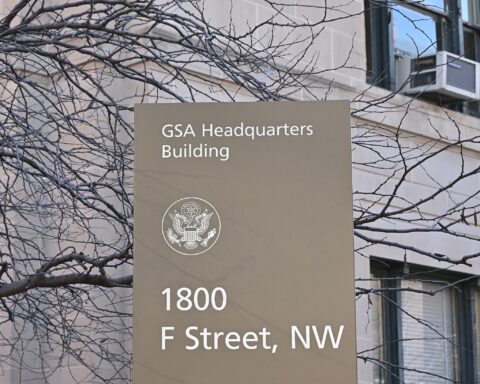The U.S. Department of Transportation (DOT) announced $1.07 billion in funding for 354 local, regional and tribal communities to improve roadway safety and prevent deaths and serious injuries on America’s roads. Funded through Safe Streets and Roads for All (SS4A) program, this announcement supports the DOT’s mission to protect pedestrians, cyclists and drivers on roadways.
Created under the Bipartisan Infrastructure Act, the SS4A program has been allocated $5 billion to address various transportation safety initiatives through 2026. In the first three years, the program has already provided over 1,400 communities with $2.7 billion across all 50 states and Puerto Rico.
Grants delivered through this round of the SS4A program coincide with the National Highway Traffic Safety Administration’s (NHTSA) traffic fatality estimates for the first half of 2024, estimating that traffic fatalities declined for the ninth straight quarter. Despite this encouraging trend, roadway safety is one of the DOT’s top priorities. Over the past three years, 40,000 lives have been lost on roads annually, especially among pedestrians and cyclists on rural roads.
Supporting the DOT’s National Roadway Safety Strategy’s goal of achieving zero roadway deaths, this year’s SS4A awards will address some of the most pressing safety concerns on America’s most perilous roads. Receiving grants up to $30 million, this year’s projects aim to enhance road safety for all roadway users—including pedestrians, cyclists, transit users, students heading back to school, people with disabilities, drivers and passengers.
Notable recipients include:
- Los Angeles County, California: Receiving $29.8 million to improve safety at 77 high-risk intersections, particularly near schools and commercial areas with high pedestrian traffic.
- Palm Bay, Florida: Receiving $2.4 million to build a new sidewalk and install pedestrian safety features near schools, enhancing safety for students and local residents.
- Kalamazoo County, Michigan: Receiving $25 million for safety upgrades across 130 miles of rural roads, focusing on reducing lane departure and protecting vulnerable road users.
- Southwest Minnesota: Receiving $9.9 million to establish a tele-EMS system that enhances emergency response and care in rural areas without advanced trauma facilities.
- The Coushatta Tribe of Louisiana: Receiving $20.3 million to reconstruct Powell Road, addressing multiple safety issues including poor signage and road alignment.
Innovative projects are also receiving funding, such as:
- The Emerald Coast Regional Council, Florida: Receiving $10 million for deploying and evaluating Intelligent Transportation System technologies to improve safety in high-crash areas of Pensacola.
- The University of California, San Diego: Receiving $2.2 million for using AI-supported cameras to monitor risky driving behaviors and assess the impact of targeted safety measures.
- The City of Milwaukee, Wisconsin: Receiving $25 million for complete street interventions on Center Street, aiming to reduce pedestrian and bicyclist crashes in disadvantaged areas.
The SS4A program will continue through 2026 and estimates an additional $2 billion is available to state political subdivisions, federally recognized tribes and metropolitan planning organizations looking to improve transportation safety. The next round of funding will be announced early 2025 for the 2025 fiscal year. Communities interested in applying for funds can find more information and resources on the DOT’s Safe Streets and Roads for All (SS4A) Grant Program page.
Photo by Karl Callwood on Unsplash












